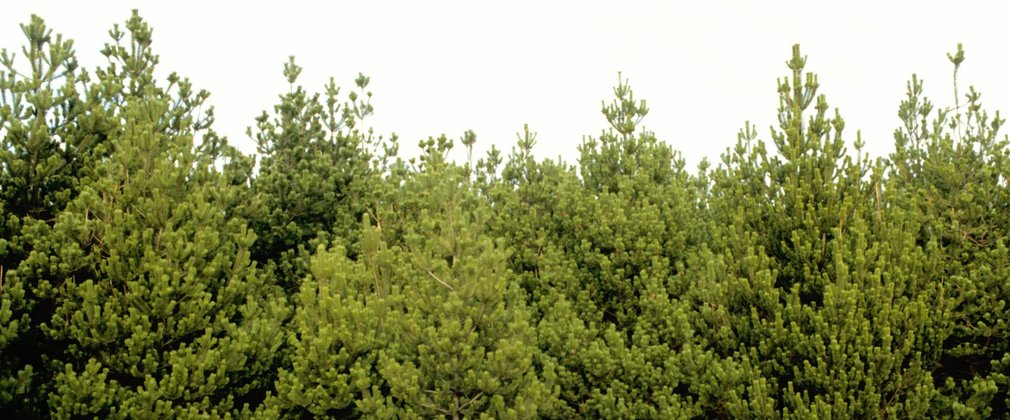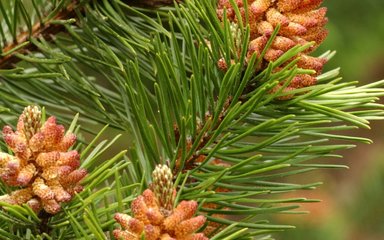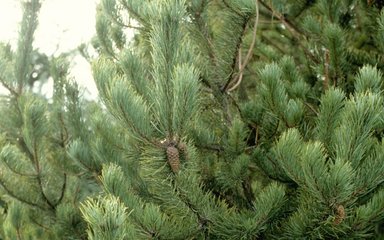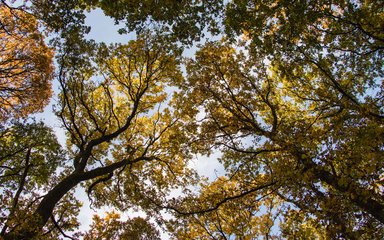
Introduced to Britain in 1855, Lodgepole pine is useful as a timber crop in the north of England as it is resistant to winter cold, spring frost and exposed areas. It is also survives among air pollution and salt from sea spray, making is useful for coastal and industrial areas.
Lodgepole pine facts and figures
- this pine tree is native to the Pacific coast of North America, where it has an extensive range.
- Lodgepole pine (Pinus contorta var. latifolia) is a tall, thin tree that grows to around 24 meters.
- it loses its lower branches as it matures.

Lodgepole pine identification tips
Heading to the forest? Here are some of the top things to help you identify a Lodgepole pine:
- bark: usually red-brown in colour but can vary, and has fine, curled flakes.
- needles: yellow-green in colour, twisted, found in pairs and 5-8cm long.
- cones: brown, prickly, egg-shaped, and appear in clusters that grow backwards along the stem.
Uses of Lodgepole pine
Its timber is used for flooring, roofing and other joinery. It is also used in the production of chipboard and paper.
The stem of Lodgepole pines were used by indigenous people in North America for the central supporting pole of their homes and European settlers also used them to build log cabins in the Rocky Mountains.
Lodgepole pine is also used as Christmas trees with a pine scent and bushy appearance.

Lodgepole pine and future forestry
The species was planted in the last century in upland areas such as Kielder and the North York Moors, as it was very tolerant to harsh conditions. Now we're returning areas back to peatland - a rare and very important wildlife habitat and a major carbon store.
The timber of Lodgepole pine can be course and branchy with twisted trunks, making it difficult to process at the sawmill. It is unlikely to be a key species in the future, but its tolerance of poor soils and ability to naturally regenerate means it'll likely continue to be part of a mix with other species on many sites.


